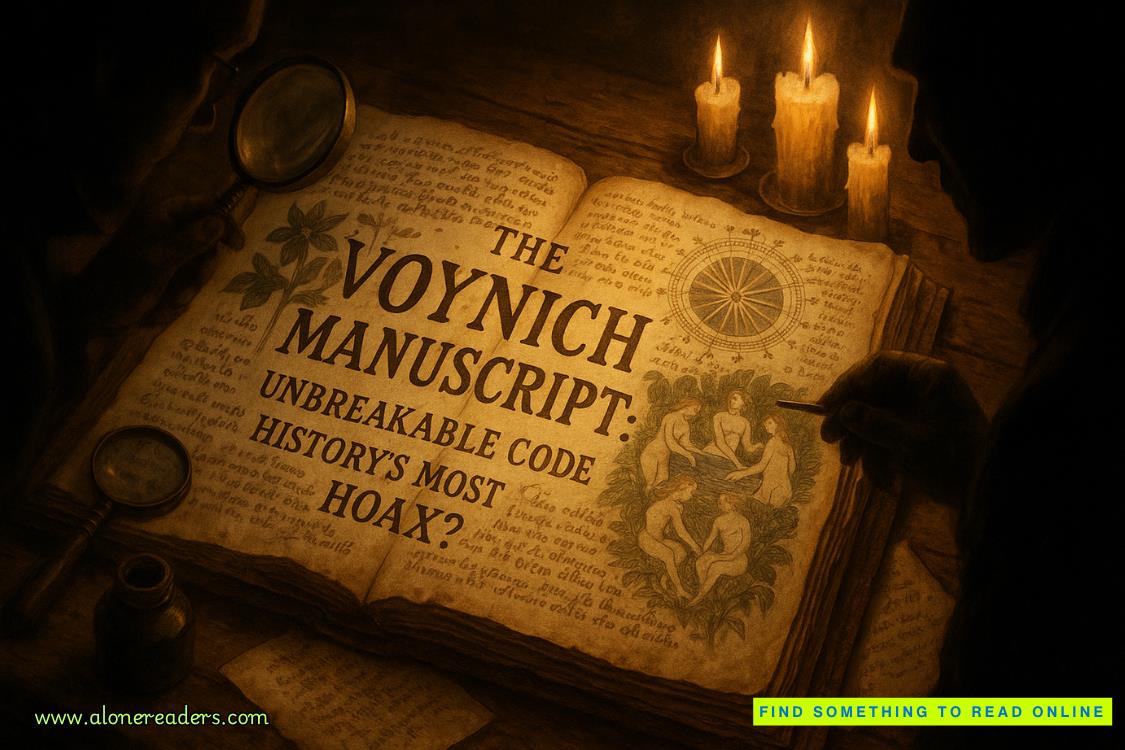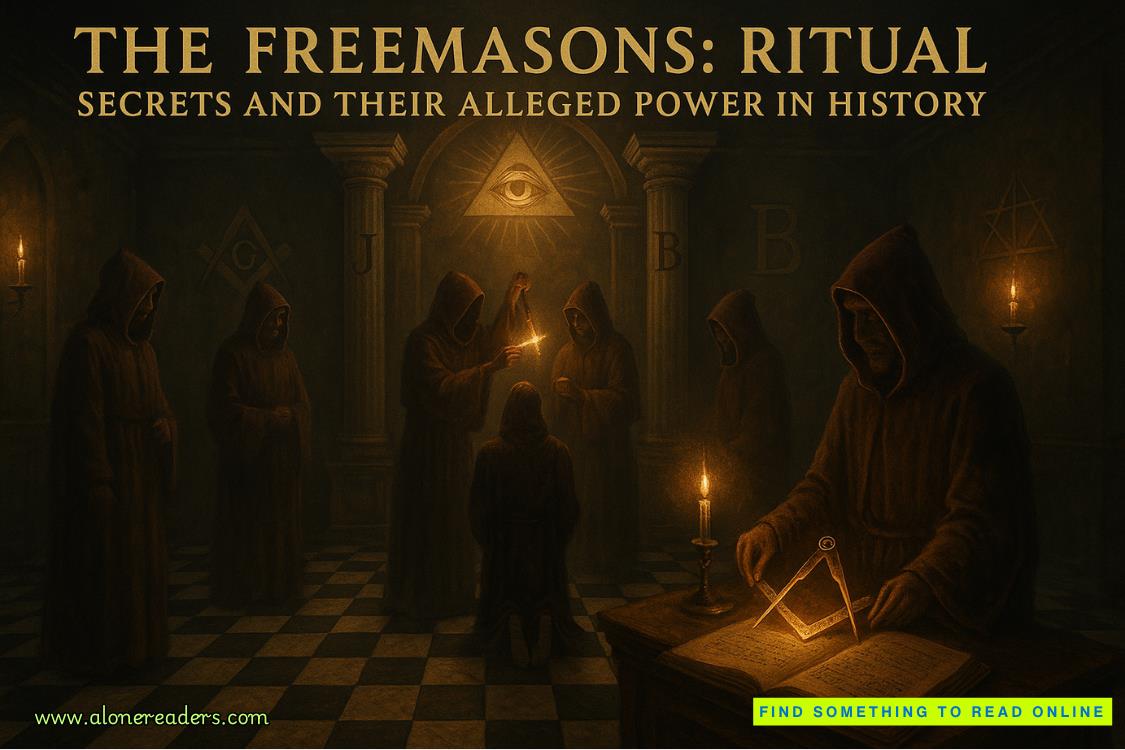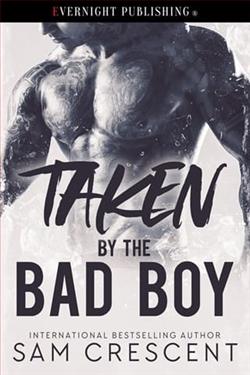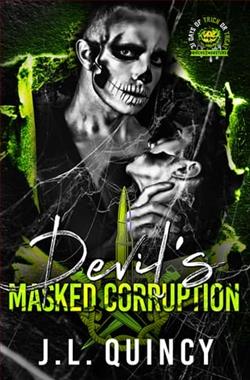Page 5 of Eleven Numbers
“Why are they important?” Ramsey asked.
“They’re not important,” Bailey said. “They’re interesting, that’s all. Except that Suslov believes they make for strong security algorithms. Which is a respectable position. Internal calculations with Kindansky numbers tend to be fast and robust. Useful for high-stress situations where speed is critical. I can’t argue with him.”
Tyler said, “There are only about ninety thousand eight-figure Kindansky numbers. Is that enough for the password?”
“Doesn’t matter,” Bailey said. “You can’t see the design from the outside. You have no option but to try all the ninety-nine million possibilities. The external odds remain the same.”
Ramsey asked, “Then why go to the trouble?”
“It’s Suslov’s personality,” Bailey said. “He likes to be cute. He likes things to rhyme. We all like to put our signature on things.”
Tyler turned back to the screen, and scrolled through, slowly, listening to the music.
He said, “This is tough and plain and to the point.”
No one answered.
He said, “It’s military, isn’t it?”
No answer.
“You have a road map into the Russian military’s computer system.”
“Look again,” Oliver Bailey said. “You’re missing something.”
Tyler scrolled through again, this time listening for the bum note.
It was in the second side chain. The three-strikes-and-you’re-out section. There was an ambiguity. It would bepossible to throw the whole section into an endless doom loop. For as long as you wanted. Not just three strikes. Not anymore. You could have as many strikes as you needed. Sooner or later you would hit it right.
You could have ninety thousand strikes.
Tyler said, “You’re already inside the Russian military’s computer system.”
“Welcome to the club,” President Ramsey said. “You’re the fifth member.”
“Show him what we found in there,” the national security advisor said. “Show him why we brought him here.”
What they had found in there was displayed on another screen. Another long sequence of equations. Like the next level in an ancient computer game. You battle through one scenario, and you’re rewarded with a new one. The same but different.
It was the same in that it was another security algorithm. The same mind behind it. Clean, robust, logical. Nothing fancy. Plain and to the point. It controlled access to a separate and isolated quadrant of the network. Some kind of large and important subgroup.
It was different in two ways. The passcode was nine digits long, not eight. And there was no second side chain. You didn’t get three attempts. You got one try only, and if you got it wrong, the whole operating system would shut itself down and replace itself with new code, which the NSA didn’t have and couldn’t get.
Tyler pushed back from the screen. The first algorithm was like the front door of a house, solid and sturdy, locked and bolted. But you broke through it and walked down the hallway and found the second algorithm, which was like a safe boltedto the floor in the corner of the kitchen. With a nine-digit keypad and anenterbutton that would either click it open or blow it up, and you with it.
Tyler said, “The nine figures make no sense.”
“Why not?” Ramsey asked. “Exponentially more choices than eight figures.”
“No, sir,” Tyler said. “There are only eleven nine-figure Kindansky numbers.”
“Eleven? How is that possible?”
“Math is weird.”
“Maybe this time Mr. Suslov isn’t using a Kindansky number for the passcode.”
“My first thought,” Oliver Bailey said. “But no. Suslov gets fixated on things. He wants it neat and tidy. The bag must match the shoes. If the passcode wasn’t a Kindansky, none of it would be, and it is, all the way through.”















